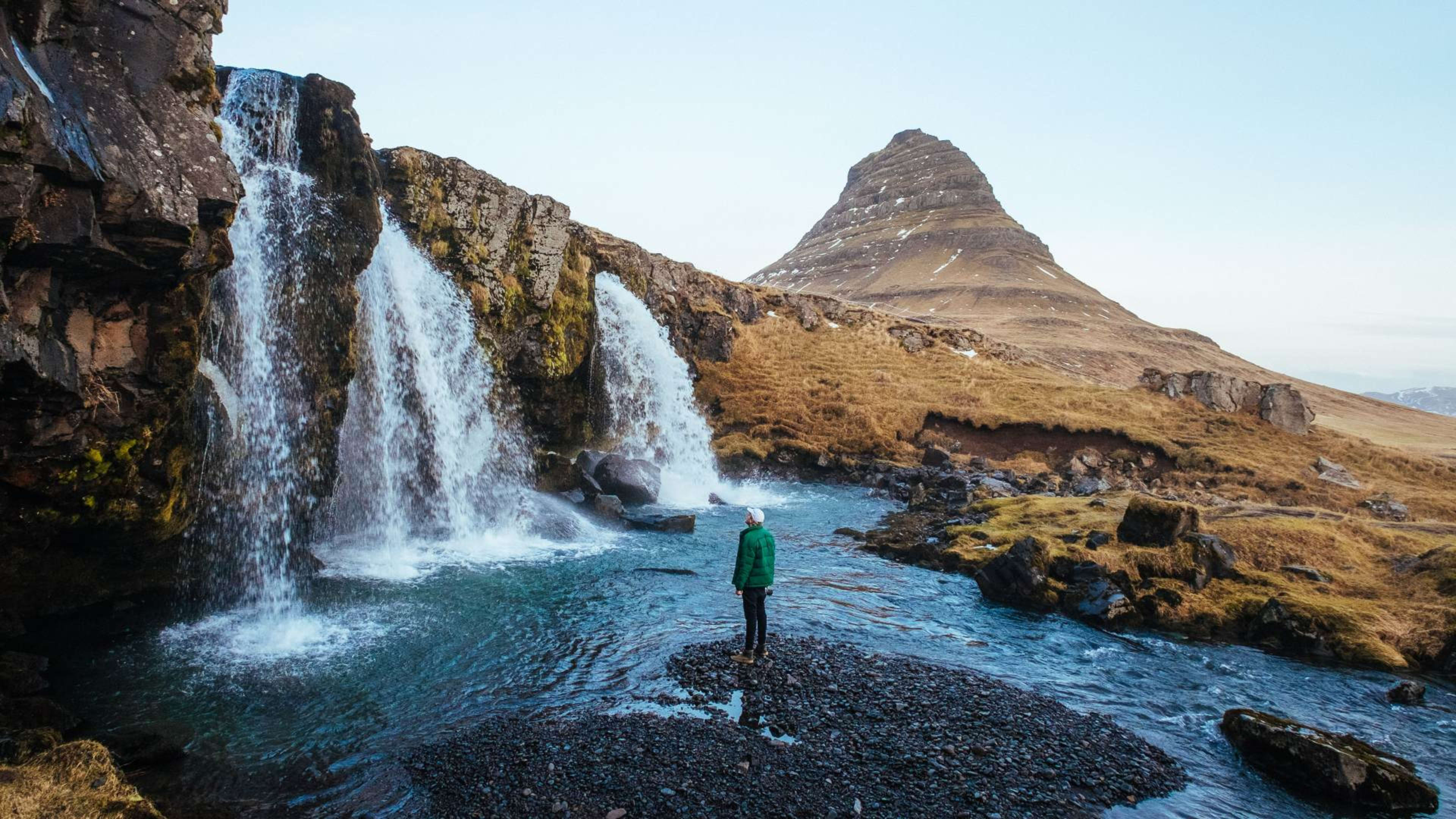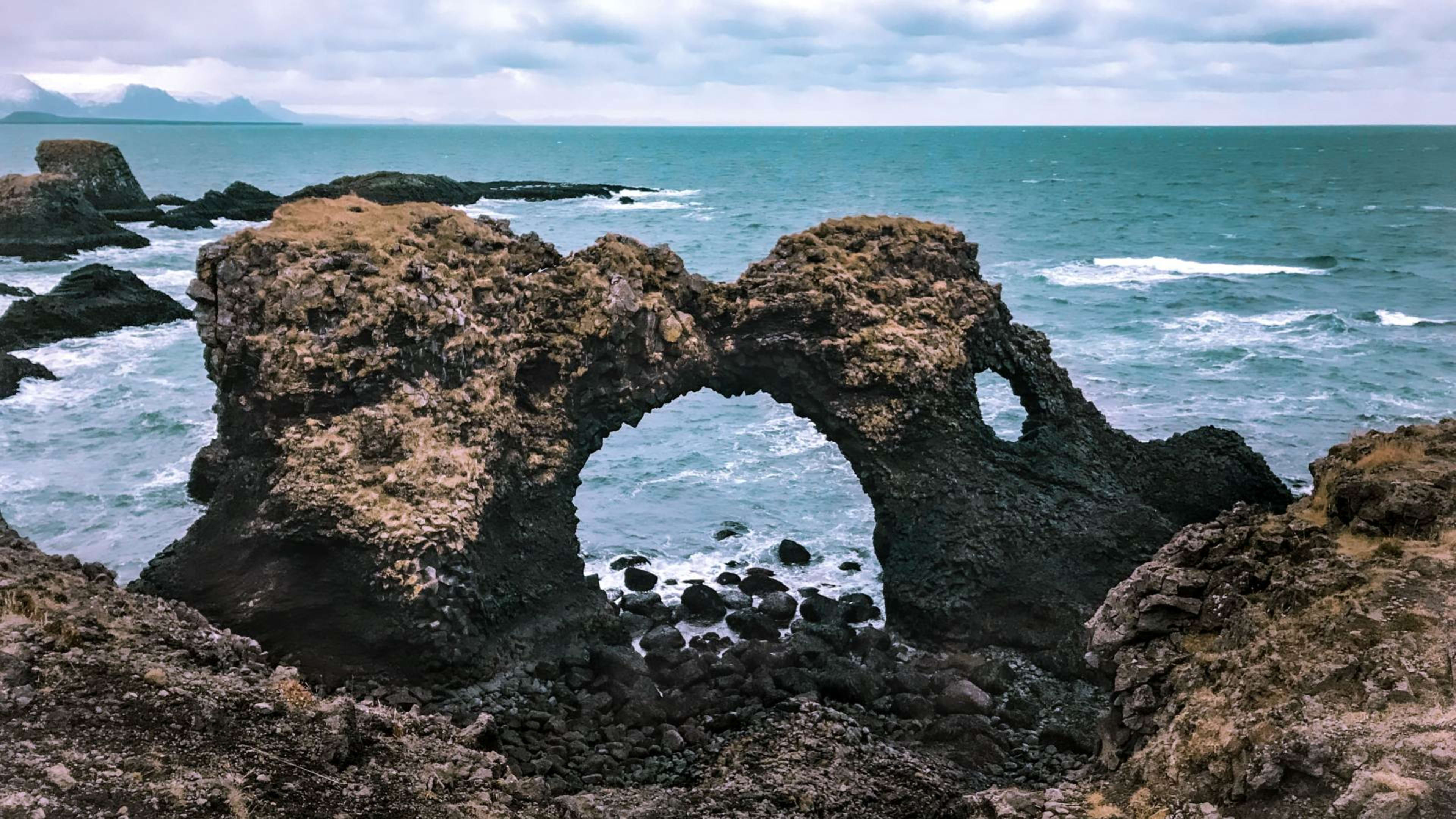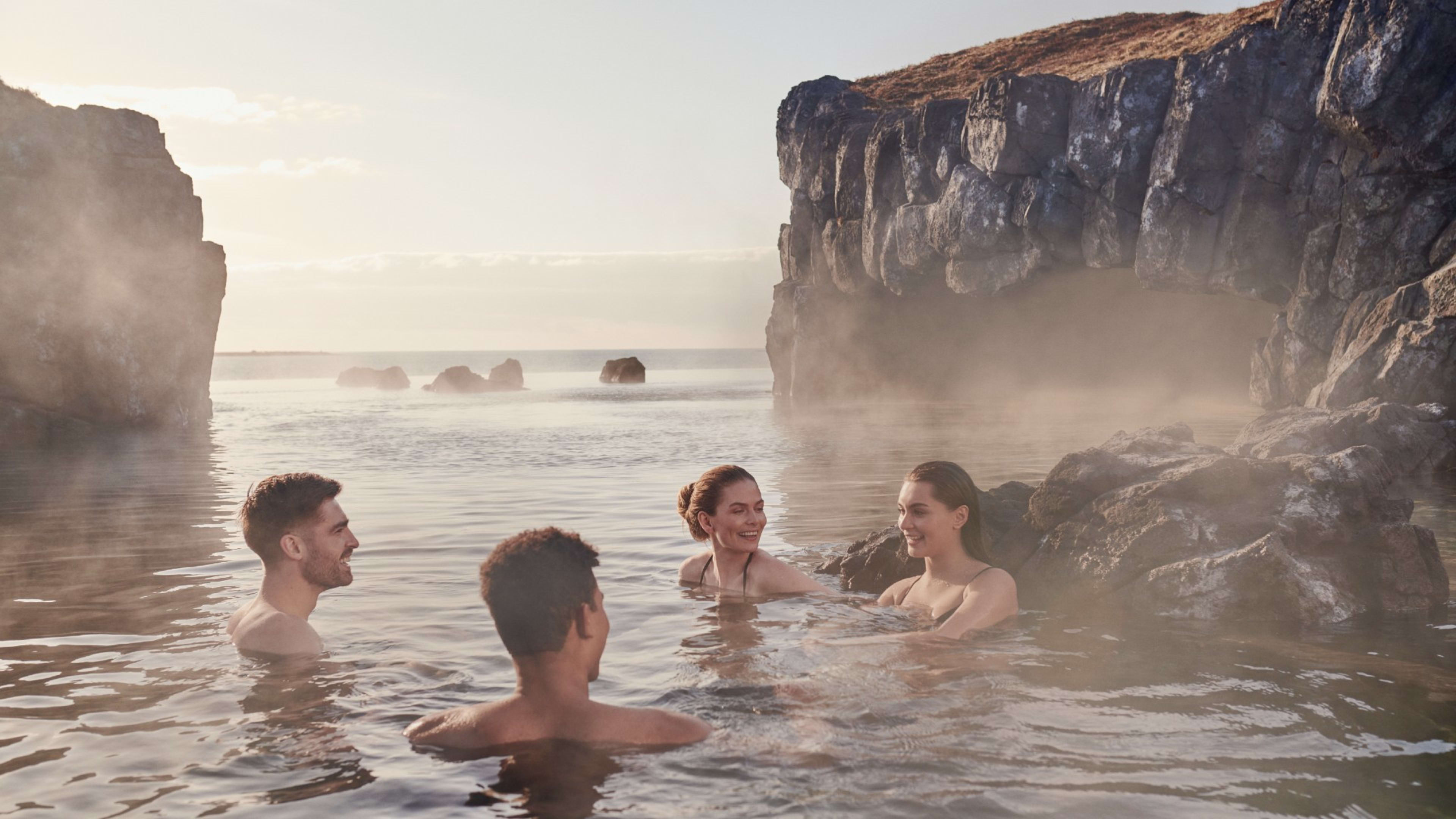
Catherine Allan
Catherine’s favorite attractions
Meet more authors
Discover more articles written by our Iceland local experts.

Adina Lazar
Adina’s love for travel has led her to different corners of the world over the years. But Iceland’s unique beauty has a special place in her heart, so she’s decided to share it with the world! Next time she’s there, she plans to take a dip in the hot springs, spot some puffins, and collect a few Icelandic wool sweaters (lopapeysa) along the way. When she’s not writing, she loves being out in nature or cozying up with a good book.
View more posts by Adina
Max Naylor
Max has been back and forth from Iceland since 2009. He lived and worked there for several years, and although he’s moved away, he left a piece of his heart there. When he’s in Iceland, he loves to relax in the ‘hot pot’, chow down on some local food, and catch up with friends. He speaks Icelandic fluently, so if you need to know how to pronounce ‘Fagradalsfjall’, he’s your guy.
View more posts by Max
Camila Contreras-Langlois
Camila first travelled to Iceland in 2018 and it didn’t take long for her to fall in love with its culture, food and scenery. Throughout her life, she’s had the pleasure to live in different cultures and languages and absorb as much as possible from all her travels. You’re most likely to find her reading a good book in a local café or writing about the best spots to visit for top travel agencies.
View more posts by Camila
Emma Gillies
Born in Sweden, raised in the UK, Emma’s love for travel started at a young age. After completing a degree in Modern Languages, she decided to make travel her day job as well as her personal passion. Now, Emma loves nothing better than writing about Iceland and the Nordic countries, and is always on the lookout for hidden gems to explore.
View more posts by Emma
Emma Jackson
Emma, a nature-lover from Scotland, roams the open road with her trusty, self-built campervan. She loves exploring everything from the misty Scottish Highlands to the epic mountains of the Alps. With a passion for climbing, hiking, cycling, and all things outdoors, she finds joy in every journey. Her ideal day in Iceland starts with hunting for waterfalls and cool landscapes and ends with relaxing in a geothermal spa.
View more posts by Emma
Izzy Davies
Izzy gets her best writing inspiration from the natural world, and the remote landscapes of Iceland are the gifts that keep on giving. Since leaving her home country she's travelled to many incredible places, but the dramatic beauty of Northern Europe always calls her back. Her perfect itinerary includes exploring remote hiking trails in the mountains and writing about them afterwards in a cozy downtown café.
View more posts by Izzy
Áslaug Torfadóttir
Áslaug is a scriptwriter and playwright by trade, seeking inspiration from local theaters and restaurants. The place she loves the most in Iceland is Skarðsvík beach on the Snæfellsnes peninsula, followed closely by the village of Húsavík in North Iceland. Like many Icelanders, she lives by the philosophy of Þetta reddast, or ‘it’ll be alright in the end!’.
View more posts by Áslaug
Ragnheiður Harpa Haraldsdóttir
Ragnheiður is a nature lover first and foremost, having studied anthropology and media at university. She also loves sharing her passion about her home country, Iceland, with everyone she meets. You’ll often find her traveling the Icelandic countryside, especially the Westfjords and south coast, although her hometown is Reykjavík. Her interests include Icelandic food and drink, plants and wildlife, and cultural traditions.
View more posts by Ragnheiður Harpa




